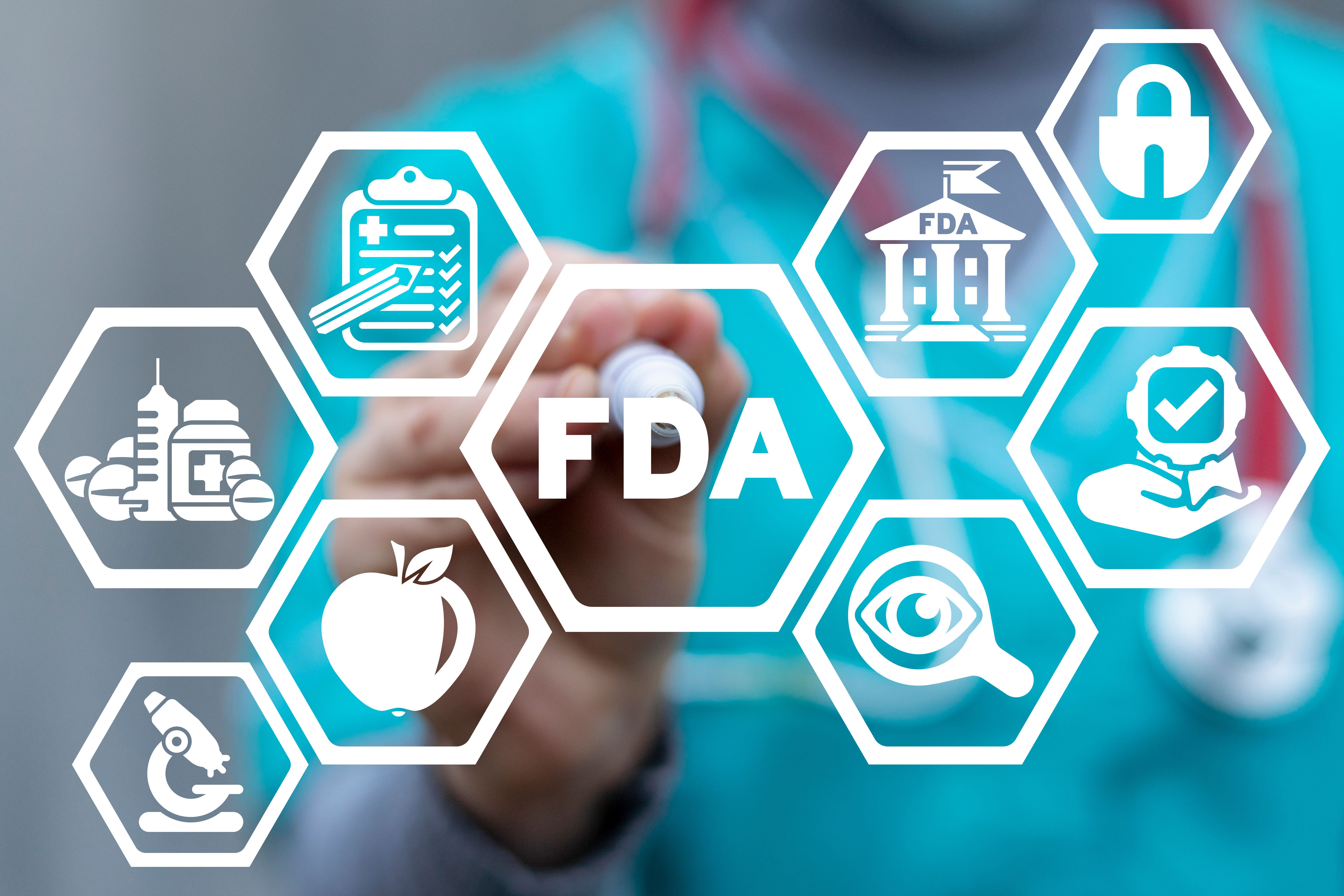Article
Oncologists Overcome Hurdles to Deliver Cancer Care in Puerto Rico
Author(s):
Even though much more remains to be done on an island where half of its US residents still lack power, the situation is improving for cancer patients in Puerto Rico, doctors and organizations said recently in interviews with The American Journal of Managed Care®. In Puerto Rico, more than 75% of the cancer care is delivered in the community, not hospitals.
Even though much more remains to be done on an island where half of its residents still lack power, the situation is improving for cancer patients in Puerto Rico, doctors and organizations said recently in interviews with The American Journal of Managed Care®.
In September 2017, Hurricane Maria devastated Puerto Rico and with it, the infrastructure that supports the daily life and economy of its more than 3 million US citizens. Cancer patients who must travel to oncology offices for regular treatments were left particularly vulnerable, as roads and communications were wiped out.
However, unprecedented collaboration and communication quickly took shape in Puerto Rico, where more than 75% of the cancer care on the island is delivered in the community, not hospitals.
One oncologist credited the work of organizations like the Community Oncology Alliance (COA), CancerCare, and the Florida Society of Clinical Oncology (FLASCO) with jumping in immediately to lead efforts to connect oncologists with each other to ensure continuity of care, no matter who the patients' doctor was or where the patient happened to live on the island.
“Things are starting to get back to normal, which means that communication and transportation, the 2 main problems, are slowly being restored,” said Lourdes J. Feliciano López, MD, a community oncologist in urban San Juan. “People are starting to get back to the offices.”
Feliciano López said she was grateful for the work of her colleagues at COA and other organizations in the immediate aftermath of the storm. “You cannot imagine the degree of our desperation that first 48 hours when we wondered, what are we going to do right now?”
FLASCO said it began coordinating efforts immediately with multiple organizations to make sure patients with cancer had continuity of care, assembling a task force with COA, the American Society of Clinical Oncology, the American Cancer Society (ACS), the Leukemia and Lymphoma Society, and Florida Cancer Specialists, with the goals of both ensuring that patients who relocated to the United States would have access to care and restoring the cancer care system in Puerto Rico.
The communication and collaboration among oncologists meant that if a patient was unable to travel to their regular provider, they went to the most accessible provider so that there were no delays in care.
The task force set up regular communications via conference calls and an e-mail list serve, sent satellite phones and solar chargers, coordinated efforts with HHS/CMS to establish waivers for pre-authorizations for Medicare/Medicaid patient services, got clinics and infusion centers on FEMA’s priority list for generators, and coordinated services with local transportation services to help get patients to treatment.
CancerCare and COA also arranged a patient assistance fund dedicated specifically to patients with cancer in Puerto Rico cancer, raising about $500,000 in donations for the Puerto Rico Hurricane Cancer Patient Assistance Fund.
The fund paid for the medical transport service to help get patients to and from appointments, as well as $500 grants for individual patient needs. The fund has helped about 800 patients, but the money is running out and enrollment will close at the end of January, said Claire Heyison, a spokesperson for CancerCare.
The organizations also received a donation of 7000 bags of intravenous fluid, which have been in short supply since the hurricane. Shipping costs were paid for by a national distributor, which also donated numerous amounts of medical/surgical supplies.
For the first 2 months after the hurricane, doctors said, any elective or non-urgent surgeries were postponed, as were screenings like mammograms and colonoscopies, since emergencies took priority.
Only 9 of Puerto Rico’s hospitals were up and running in the immediate aftermath of the disaster, but most are back now (for updates, see this page maintained by the local government).
Some patients being treated for cancer were relocated to the mainland for treatment. FLASCO and ACS are identifying facilities that can care for relocated patients, since many have Puerto Rico Medicaid, which does not typically compensate for care provided on the mainland.
For doctors in more rural areas of Puerto Rico and in the mountains, however, recovery is still a challenge. Some offices still don’t have power, said Vilmarie Rodriguez, LCSW, director of patient assistance for CancerCare.
Jose Davila, MD, a hematologist in Arecibo, said about 20%-30% of his patients lack a reliable source of water.
And, in his rural area, there is another challenge that he said did not exist before the hurricane for about 10%-15% of his elderly patients: their children or other primary caregivers have left for the mainland or other areas, and now they are struggling with basic needs and transportation while they undergo cancer treatment alone.
“These are new challenges that we're facing that before the hurricane, were not very common,” he said.
Then there are challenges for physicians, Davila noted, who must rebuild their offices in a low-reimbursement environment where the patient mix is about 50% Medicaid and about 30% Medicare Advantage.
Despite those challenges, Davila and Feliciano López said they, and their patients, will persevere.
“We're working here, I am committed to my patients. And people are resilient and you know they want to get ahead,” said Davilia.
They just want to know that they are not forgotten about by the United States and by FEMA, especially in the face of continued threats of federal government shutdowns.
“People are tired…of no power, no gas. They see the light at the end of the road. We are not going back," said Feliciano López.





